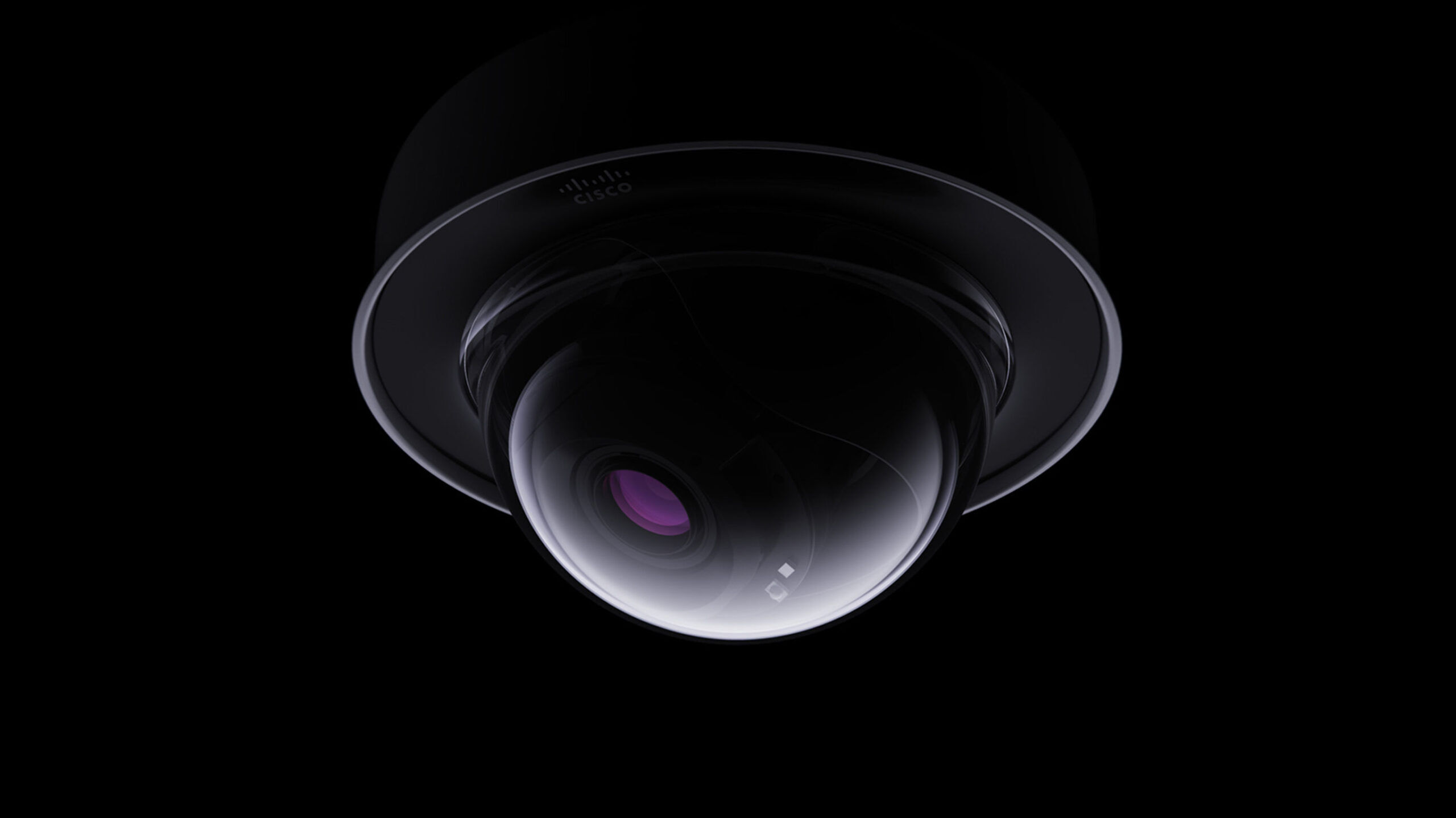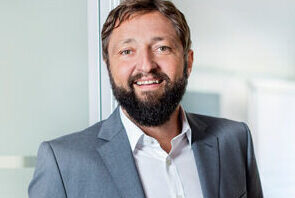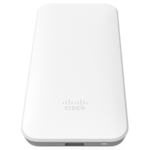
Blog
Cisco Chief Tusik: Partners ‘Are Leading The Way’

Businesses and consumers alike are moving away from large, upfront spends and towards consumption-based, pay-as-you go pricing for many different things to help their businesses and personal lives run smoothly, so it just makes sense that the IT industry follows suit.
It’s no secret that Cisco has been busy doing just that over the last several years as its worked to transition its portfolio to an as-a-service model, or XaaS. It’s first offering is already on the market, Cisco Plus Hybrid Cloud and the company last month unveiled its next XaaS offer, Cisco Plus Secure Connect Now. When it comes to XaaS, Cisco’s partners are not only all-in, they’re leading the way, according to Cisco Channel Chief Oliver Tuszik.
Tuszik said that different customers require different solutions delivered in a variety of ways. It’s up to partners to give their clients the business outcomes they’re looking for. This can be done through platforms like Cisco Meraki, which is leading the company’s managed services charge by supporting the use cases that partners are addressing for their customers. At the same time, Cisco knows that it has to build the right financial models around managed services and XaaS for partners, an undertaking that Tuszik and his team are addressing in different ways for the company’s diverse ecosystem of partners.
There are extended sales times for XaaS, which will be an adjustment for some partners. At the same time, the supply chain is also causing slowed or delayed product delivery times. Cisco is mindful of both of these current challenges and Tuszik said he and his team continue to work with partners to define and carve out new models for future channel growth.
Tuszik sat down with CRN to talk about Cisco’s XaaS transformation and how partners fit in, the financial models in place to make XaaS profitable for the channel, supply chain, and what partners can expect from Cisco in the second half of 2022.
Here’s what Tuszik had to say.
Are partners coming with Cisco on the XaaS journey?
They are leading it. I would love to say that we invented it, but “as a service” has different names. In the end, it’s the idea of combining different products, services, software, and bundling in a way so that it fits better [with] the needs of the customer. And to be very clear, this is not an idea from the analysts or the vendor side, it’s something that is coming from the customer demand to reduce complexity. We’re in a world where everybody has accepted that they need digital transformation and the companies that didn’t accept that are no longer existing. We’re in a motion [now] where everybody’s thinking about: “How can I use technology to create value without dealing with technology?” We’re now in a phase where approximately 75 percent of the IT budget is with non-IT buyers — so, people that don’t understand technology trying to buy technology. They’re looking for a way to buy technology with a direct link to their business need and for a direct reduction of complexity. So, instead of buying a Wi-Fi controller, switches and access points, you want to have Wi-Fi in all your buildings. That’s a very simple thing. A lot of people when we’re talking about managed service or as-a-service, think back to the ‘80s and ‘90s – a big time for outsourcing — that’s also a managed service, but managed services can be a very specific as a service solution for a specific industry or for business-specific vertical.
Partners [have done] this before. When I was running a partner [organization] a couple of years ago, we had a big, growing managed service practice. We were measuring recurring revenues, we were thinking about renewals, and most of [Cisco’s] bigger and smaller partners have been in this motion before. When we look forward, the addressable market in 2025 will be approximately 45 percent via managed service. So, if we are not part of this one, we might have the best products, but customers want to buy them differently. That’s why we have always had a managed service practice. To be clear, we started more than 10 years ago, but about one and a half years ago, we decided to accelerate that. Chuck [Robbins, Cisco’s CEO] said: “We want to.” Then, a lot of people said: “Oh, you will deliver all new products.” But no, it’s really a combination of the new products and offers, but also enabling the different types of partners, from existing partners to new partners, to sell our technologies, our software and services in an as a service model. And that’s why we started also to change our programs [and] incentive schemes to change how we measure partners. We implemented last year at Partner Summit the new Provider role, which [partners are] taking up very well. And we started to build offers, [like] Cisco Plus Secure Connect and Hybrid Cloud. They’re in an early stage, but we see the appetite is huge and we’re working on scaling XaaS. Cisco’s managed services is a partner motion. In approximate numbers, $8 billion of our revenues is [through partners] and the direct managed services we do is something like $250 million. So, it’s not a direct motion. It’s not our target. Our ability to scale and deliver the value comes from partners.











